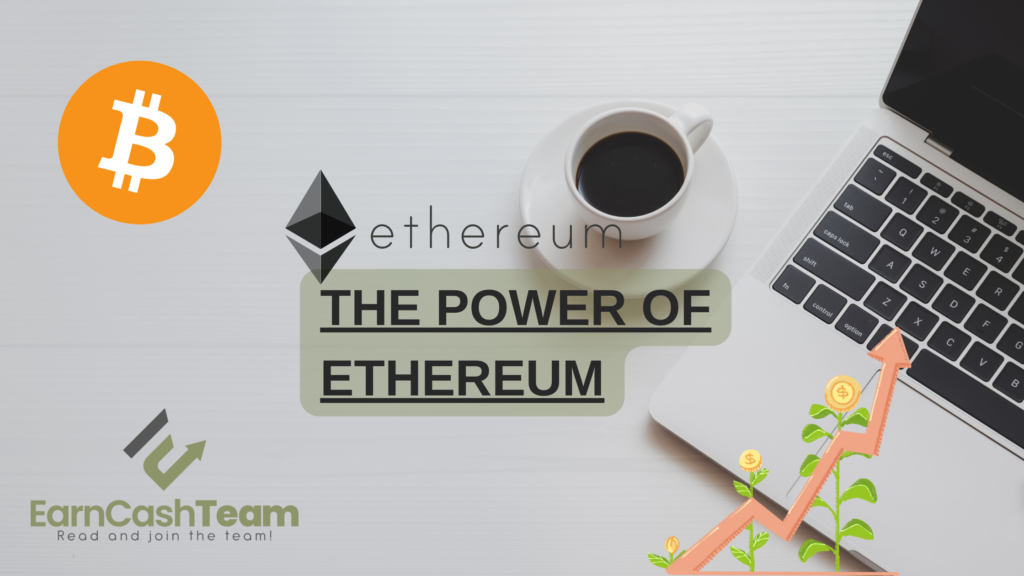The Power of Ethereum
Ethereum provides developers a platform to build decentralized apps (dApps), providing value and disruption across industries worldwide. Built upon blockchain technology, its ecosystem of products and services includes cryptocurrency; stablecoins; token sales/ICOs/decentralized finance/payment processing/mining of NFTs as well as supply chain management.
Ethereum operates similarly to other cryptocurrencies in that it maintains and verifies transactions through an expansive database that records each and every transaction that occurs. Up until recently, that database was maintained using Proof of Work (PoW), an energy-guzzling verification mechanism with other drawbacks including forcing miners to use expensive computer servers that quickly become obsolete before ending up in landfills; plus it’s tediously slow, with Ethereum only processing 15 transactions per second!
You can discover other tips about Ethereum with us!

Ethereum’s developers are working towards solving its security concerns by switching over to Proof of Stake (PoS). Although PoS is more energy efficient, it also reduces security since anyone who owns at least a certain number of coins can join the consensus network to validate blockchain blocks whereas only those who possess more coins possess enough computing power for that task.
Since Ethereum switched to PoS on September 15, 2018, its energy usage has significantly reduced. According to research published by data-science journal Patterns, switching has saved enough electricity usage equivalent to Ireland or Austria’s annual usage for approximately 12 months; and may even surpass energy savings made from driving electric vehicles.
And reducing Ethereum’s energy usage won’t just benefit the environment: it will also decrease the rate at which new ether, the cryptocurrency that fuels Ethereum network, is issued to validators as incentives. “Slashing computational power and energy use has financial benefits,” according to Darren Langley, senior blockchain developer for Rocket Pool in Brisbane Australia. “We don’t have to reward miners as heavily.”
Ethereum is an integral piece of infrastructure for the global digital economy and forms the basis for many innovative projects; yet, it faces considerable hurdles such as product-market fit issues and regulatory enforcement actions. Layer 2 solutions – which offer faster transaction speeds at reduced costs by bundling Ethereum transactions together prior to their posting to the mainnet – could erode Ethereum’s position as a top cryptocurrency. Still, Ethereum remains the go-to cryptocurrency for developers launching decentralized applications (dApps), and forms part of an emerging industry of blockchain services that could transform various industries. And with over 78 million Ether currently in circulation, its presence as the second-largest cryptocurrency won’t soon vanish from existence.




